THE SAGA OF THE
JMSVKINGS

THE SAGA OF THE
JMSVKINGS
Translated from the Old Icelandic with Introduction and Notes by
Lee M. Hollander
Illustrated by Malcolm Thurgood
 UNIVERSITY OF TEXAS PRESS AUSTIN
UNIVERSITY OF TEXAS PRESS AUSTIN
ISBN 978-0-292-77623-4
ISBN 978-0-292-74595-7 (e-book)
ISBN 978-2-292-78874-9 (individual e-book)
Library of Congress Catalog Card Number 54-7338
Copyright 1955 by the University of Texas Press
All rights reserved
Printed in the United States of America
Eighth paperback printing, 2011
Requests for permission to reproduce material from this work should be sent to Permissions, University of Texas Press, P. O. Box 7819, Austin, Texas 78713-7819. www.utexas.edu/utpress/about/bpermission.html
TO MY NORWEGIAN FRIENDS
FOREWORD
It is difficult, if not impossible, to achieve consistency in the rendering of Old Norse names. I have substituted the English equivalents wherever possible but have left the original forms of others. Pronunciation of names should present little difficulty if the reader will bear in mind that the acute accent over a vowel indicates length of the vowel (all not so marked being short) and that vowels have the Continental values. Ey may be pronounced like the English long i. The g is always hard, and j is like the y in yes. Most importantly, stress invariably falls on a first syllable.
I have endeavored to make the translation conform as closely to the original text as is compatible with English idiom, and, while furnishing such information as seemed necessary for the proper understanding of the text, to refrain from overloading the pages with annotations. In a few instances words in brackets have been supplied for obvious lacunae.
L. M. H.
INTRODUCTION
The great naval battle in Hjrunga Bay (A.D. 986) in which Earl Hkon, ruler of most of Norway, crushed an invading fleet of Danes left a lasting impression on the imagination of Icelandic storytellers. No fewer than five Icelandic skalds took part in it under the Norwegian banner. On their homecoming, no doubt they regaled news-hungry compatriots with accounts of the battle; and in their verses they have left us contemporary reflections of the event.
Two centuries later there appeared a saga (in several versions) about the Jmsvkings, the members of the warrior community constituting the invaders. Though it is generally classed as one of the historical sagas and though its matter has to do with events involving the fate of nations, even a superficial consideration of its structure and content shows that it is what we would today call a historical novel rather than a history. We find that the kernel of historic truth about the battle and the events leading up to it has been encrusted with accretions of more or less fanciful details.
The earmarks of deliberate composition are plain. Indeed, this saga furnishes an instructive example of how historical fact is transmuted into legend: practically all of the main characters are historic, but the details of their actions and speeches, though related soberly enough, are either pure inventions or variations of folk traditions that had grown up about the incidents. This aura of invention is particularly apparent in the first part of the storya part lacking in one of the redactionsbut to a lesser degree can be sensed throughout the whole tale.
Thus it hardly needs to be pointed out to the attentive reader how prominent, and effective, a role is assigned to the retarding epic device of the threefold repetition that is so characteristic of legend and lore. King Gorm has three dreams about the hard times to befall Denmark, forestalled then by the wise counsel of his queen. The three marvels portending coming events that stop Earl Klak-Harold at the Lim Firth are interpreted satisfactorily by him to the king. Palnatki comes only on the third summons to take part in the funeral feast for King Harold. Three times a hostile invasion is prevented by the resourcefulness of a princes daughter or wifeitself a legendary motif. A telling crescendo is effected by the young Sveins threefold and ever more impudent appearance before his reputed father to push his claims, each appearance followed by a more cruel harrying of the kings subjects. Even the three successive arrivals of Sigvaldi, Bi, and Vagn at the gate of Jmsborg show elements of this favorite device of the storyteller, as do the quarrels between Vseti and Strt-Harold, with the threefold reprisals following. Earl Hkon must call three times on his tutelary goddess Thorgerd before obtaining her assistance; and the course of the battle itself is broken into three phases by his repeated invocation of the demoness and her sister.
Legendary traits bulk especially in the first part. In the very first chapter the story of Knts origin from the incestuous union of brother and sister, and of his exposure, finding, and adoption by the king has the characteristics of folklore and is reminiscent of many talesthose for instance of King Helgi Kraki, famous in legend, of Sinfjotli, the son and nephew of Sigmund, and particularly so, of the birth, exposure, finding, and upbringing of Moses (who according to some medieval legends was born in incestuous union). Again, the dreams of Gorm and their interpretation by Thra recall the dreams of Pharaoh as interpreted by Joseph and the measures taken to ward off the coming famine. Ingeborgs dream of the web weighted with human heads definitely recalls the famous Song of the Valkyries.
Later on in the story we can detect a novelistic and stereotype motif in the stratagem used both by Palnatki (when attending King Harolds funeral feast) and by Sigvaldi (in enticing King Svein aboard his ship): each man has the prows of his fleet pointing away from land for a quick getaway. The parallelism between the families of Vseti and Strt-Harold, in that each has two warlike sons and one marriageable daughter, is another stereotype. The supernatural comes in only oncedisregarding the quasi-historical Christian ordeal of Bishop Poppo (not occurring in the version chosen for our translation)to wit, in the magic storm superinduced by Earl Hkons sacrifice of his youngest son. And, strange to say, this occurrence has far more authenticity, so far as tradition goes, than any of the other legendary elements. Even the skeptical historian Snorri mentions the hailstorm, a rather unusual phenomenon in western Norway, as a decisive incident in turning the tide of battle, though to be sure he does not ascribe it to a supernatural agency.
In general, and typical of tales of the legendary type, the multiplicity and complexity, as well as the contemporaneity, of historical events are here reduced to simplicity and sequency.
It stands to reason that the fairly copious speeches, which dramatically enliven and at the same time advance the action, are the property of the authorbarring the exchange between old King Gorm and his queen, which has the air of a reminiscence of some lost lay, the words of the Jmsvkings at Tnsberg addressed to Vagn, which have an authentic ring, and the remarks of the Icelandic skalds present at the various stages of the conflict, which may be considered as contemporary reporting.
This is not the place to go into extensive detail about where and how far the saga deviates from what we now know to have been historical fact. For one thing, we have learned to regard, and value, the sagasapart from the critical works of writers like Snorri, Ari, Abbot Karl Jnssonnot so much as reliable historical documents but as art products making only a secondary claim on historical veracity. Nevertheless it is well to realize that in some important aspects (as well as in innumerable small points) our saga is conspicuously at variance with the facts.
Next page
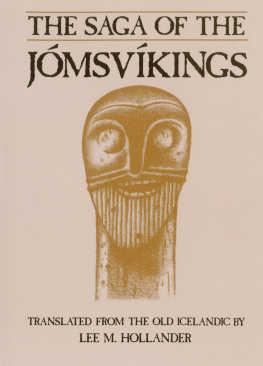
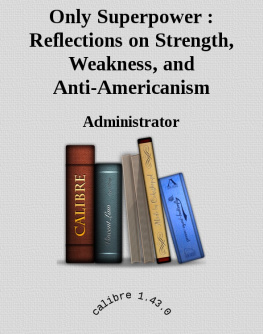

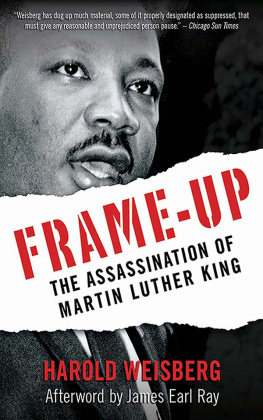

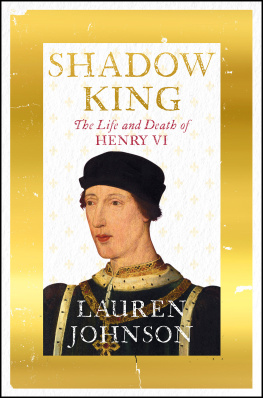


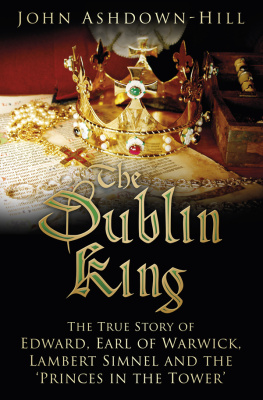


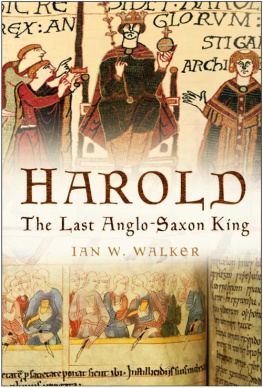
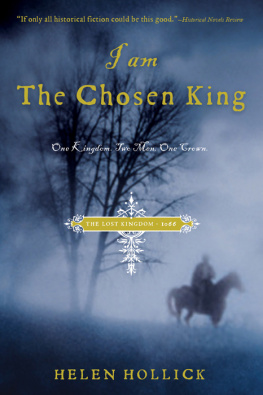

 UNIVERSITY OF TEXAS PRESS AUSTIN
UNIVERSITY OF TEXAS PRESS AUSTIN